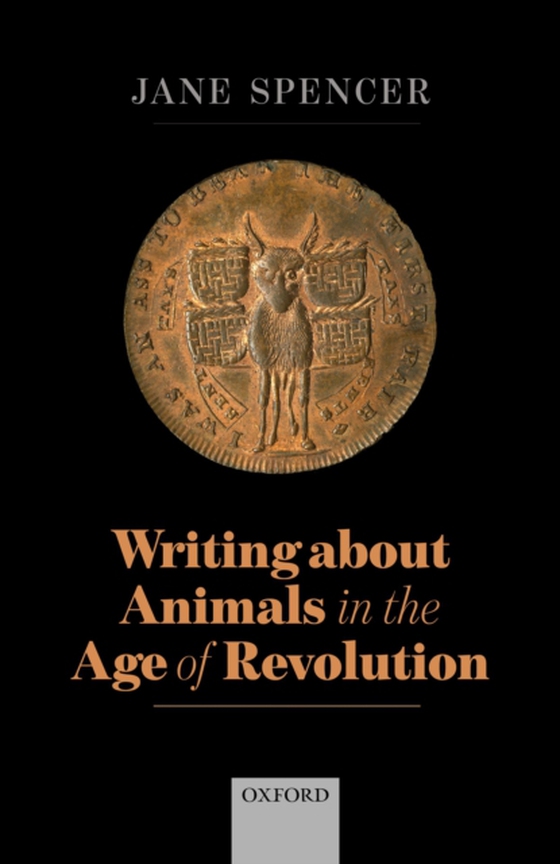
Writing About Animals in the Age of Revolution e-bog
692,63 DKK
(inkl. moms 865,79 DKK)
What did British people in the late eighteenth century think and feel about their relationship to nonhuman animals? This book shows how an appreciation of human-animal similarity and a literature of compassion for animals developed in the same years during which radical thinkers were first basing political demands on the concept of natural and universal human rights. Some people began to concep...
E-bog
692,63 DKK
Forlag
OUP Oxford
Udgivet
10 juni 2020
Længde
288 sider
Genrer
2AB
Sprog
English
Format
pdf
Beskyttelse
LCP
ISBN
9780192599469
What did British people in the late eighteenth century think and feel about their relationship to nonhuman animals? This book shows how an appreciation of human-animal similarity and a literature of compassion for animals developed in the same years during which radical thinkers were first basing political demands on the concept of natural and universal human rights. Some people began to conceptualise animal rights as an extension of the rights of man and woman. Butbecause oppressed people had to insist on their own separation from animals in order to claim the right to a full share in human privileges, the relationship between human and animal rights was fraught and complex. This book examines that relationship in chapters covering the abolition movement, early feminism, and the political reform movement. Donkeys, pigs, apes and many other literary animals became central metaphors within political discourse, fought over in the struggle for rights and freedoms; while at the same time more and more writers became interested in exploring the experiences of animals themselves. We learn how children's writers pioneered narrative techniques for representing animalsubjectivity, and how the anti-cruelty campaign of the early 1800s drew on the legacy of 1790s radicalism. Coleridge, Wordsworth, Clare, Southey, Blake, Wollstonecraft, Equiano, Dorothy Kilner, Thomas Spence, Mary Hays, Ignatius Sancho, Anna Letitia Barbauld, John Oswald, John Lawrence, and Thomas Erskineare just a few of the writers considered. Along with other canonical and non-canonical writers of many disciplines, they placed nonhuman animals at the heart of British literature in the age of the French Revolution.
 Dansk
Dansk

